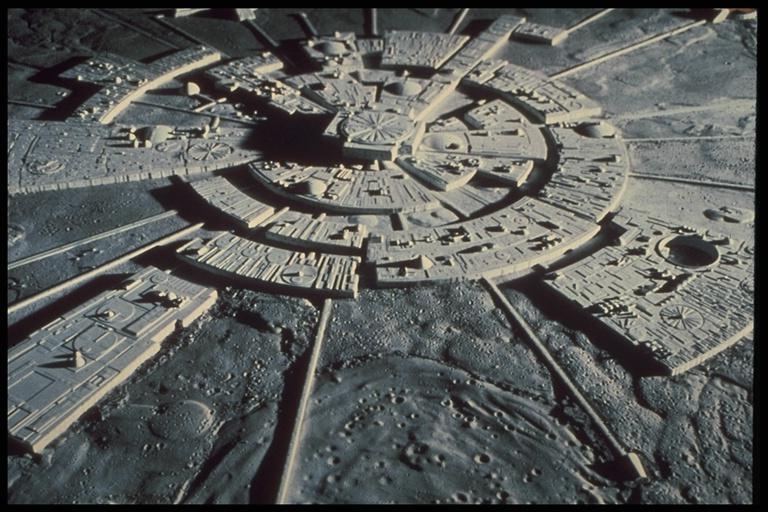
Image: NASA’s Goddard Space Flight Center
Posted on 03/17/2018 12:40:37 PM PDT by Swordmaker

The moon is under constant bombardment by meteorites and asteroids that can leave massive craters on its surface. The Aitken basin, the largest impact crater on the lunar surface, has a diameter equivalent to the distance from London to Athens, Greece. But not all craters are so noticeable — most are relatively insignificant.
Thousands of previously unknown craters have been spotted on the moon thanks to an artificial intelligence program designed by researchers at the University of Toronto.
“We created an A.I. powered method that autocratically identifies craters on the surface of the moon, and possibly other bodies,” Mohamad Ali-Dib, a postdoctoral fellow in the Centre for Planetary Sciences who worked on the project, told Digital Trends. “It will allow scientists to find and measure craters down to scales smaller than ever, and on more solar system bodies than previously possible. In turn, this will allow us a deeper understanding of the history of the impactors that created the craters and hence the history of the solar system.”
Ali-Dib and his colleagues created a convolutional neural network — the same kind used to train self-driving cars — that could identify and count lunar craters. Though this has previously been attempted by other researchers, past examples have struggled when tasked with analyzing new patches of craters. The system developed by Ali-Dib and his team can both generalize from images of the moon and even spot craters on other bodies, such as Mercury.
In a paper that is currently under review in the journal Icarus, the researchers demonstrate that their A.I. performed twice as well as manual counting, spotting 6,000 previously unidentified craters.
Ali-Dib described how they trained the program: “As input, the model takes a digital elevation map of the moon. The convolutional neural network then transforms the input into a binary rings image, with zeros everywhere except ones at the craters rims. This is the output. Our post-processing pipeline then extracts the position and size of the craters from the output rings binary image.”
Crater size and distribution are the key features for scientists, who use this data to calculate the size and distribution of the objects that created these craters in the first place. Comparing this information to their models of the solar system gives them a better understanding of the history of our solar system.
We must give them all names! For openers, “supremedoctrine”, then .....”swordmaker”.....
You deserve a crater named after you also...(see reply below) your name is even more crater-worthy.
This is news?? Who can could all the holes in Swiss cheese?
Looking at the picture, it occurs to me that the moon may just be the Solar System’s largest golf ball? If so, how did that happen?
dammit...name. Never f’n mind!
“...the Solar System’s largest golf ball? If so, how did that happen?”
Bad hook?
Looks like he plays in mysterious ways, as well.
“We created an A.I. powered method that autocratically identifies craters on the surface of the moon, and possibly other bodies...”
Just what we need...Autocratic A.I.
Be interesting to see this applied to the earth.
A lot more craters here than we think.
I guess we should put serial numbers on all of the sand here on earth. It would be just as useful.
Send me $10 and I’ll name a crater after you. But wait, if you call in the next 15 minutes....
Yes, the sooner this is mapped the better. The rate of crater formation on the Moon will tell us how old the Moon really is.
In a similar vein, the human genome will one day reveal the number of the generations of man, right there in the code.
Fun stuff.
Detail work like that is the pits.

Soon they’ll know how many holes it takes to fill the Albert Hall.
Yes. No one wants them to eventually take over and eradicate human life so we give them absolute power to do just that.

>>Just what we need...Autocratic A.I.<<
Democratic AI operate too much like the Borg.
Disclaimer: Opinions posted on Free Republic are those of the individual posters and do not necessarily represent the opinion of Free Republic or its management. All materials posted herein are protected by copyright law and the exemption for fair use of copyrighted works.